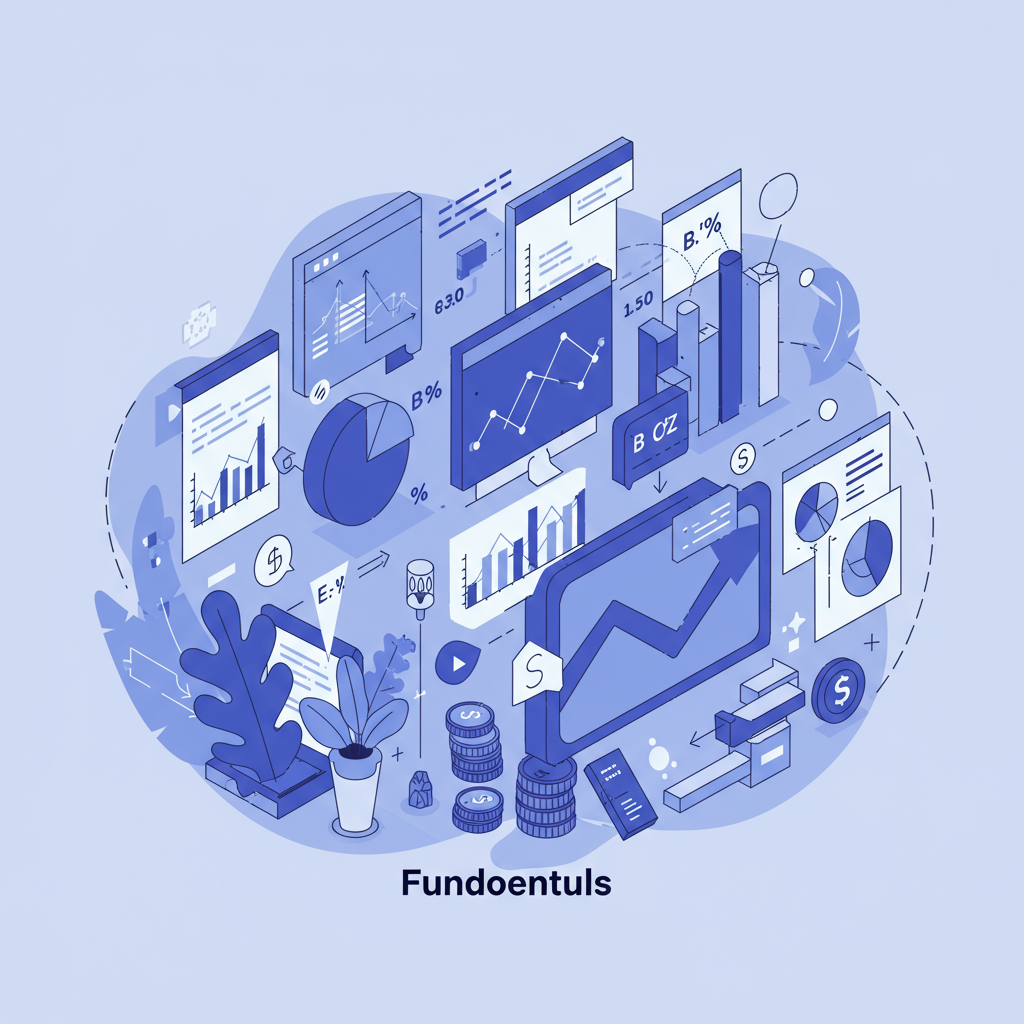The Fundamentals of Econometrics: A Beginner’s Guide
Excerpt: Econometrics for beginners explores foundational tools like regression, OLS, and hypothesis testing to bridge economic theory with real-world data. This guide provides everything you need to start.

Introduction: Why Econometrics for Beginners Matters
Econometrics for beginners provides the essential tools needed to quantify economic relationships and test economic theories using data. In a data-driven world, the ability to understand and apply econometric techniques is crucial for economists, policymakers, and analysts.
What is Econometrics?
Econometrics combines economics, mathematics, and statistics to transform theoretical models into testable hypotheses. It allows researchers to estimate causal relationships, forecast economic trends, and evaluate policies. A typical econometric model looks like:
Y = β0 + β1X1 + β2X2 + ... + βnXn + ε
This linear regression equation estimates how independent variables (X1, X2, …) affect the dependent variable (Y).
Key Concepts in Econometrics for Beginners
- Regression Analysis: The backbone of econometrics, regression models the relationship between a dependent and one or more independent variables.
- Ordinary Least Squares (OLS): A method used to minimize the sum of squared residuals, providing the best linear unbiased estimates.
- Endogeneity: Occurs when an explanatory variable is correlated with the error term, violating the OLS assumptions.
- Heteroskedasticity: Refers to the unequal variance of error terms across observations, leading to inefficiency in estimates.
- Multicollinearity: When two or more independent variables are highly correlated, making coefficient estimation unstable.
Types of Econometric Models
- Simple Linear Regression: Involves one dependent and one independent variable.
- Multiple Regression: Includes more than one independent variable to explain variations in the dependent variable.
- Time Series Models: These models analyze variables over time (see our post on Time Series Econometrics).
- Logit/Probit Models: Designed for binary dependent variables, like yes/no or employed/unemployed.
Applications of Econometrics in Real Life
Econometrics is widely applied in:
- Finance: Estimating asset pricing models and risk-return relationships (read more here).
- Labor Economics: Measuring the return to education or experience on income.
- Public Policy: Analyzing the impact of minimum wage laws or subsidies on employment and consumption.
Expanded Applications of Econometrics in Real Life
Beyond academic research, econometrics plays a vital role in shaping business decisions and economic policies:
- Marketing Analytics: Companies use econometric models to analyze the effectiveness of advertising campaigns by assessing ROI across different channels.
- Healthcare Economics: Researchers use econometrics to evaluate how insurance policies affect healthcare utilization and outcomes.
- Environmental Economics: Estimating the economic impact of climate policies, carbon pricing, or renewable energy adoption.
These real-world applications illustrate why understanding econometrics for beginners is not just academic—it is a practical skill for data-driven decision making across industries.
Recommended Tools and Resources
To practice econometrics, beginners should become familiar with these tools:
- Stata: Popular for academic and applied economic research.
- R: Open-source software with powerful statistical capabilities.
- Econometrics with R: Free textbook and tutorials for self-study.
Common Mistakes in Econometrics for Beginners
Many learners struggle with:
- Misinterpreting p-values and statistical significance.
- Omitting relevant variables, leading to omitted variable bias.
- Failing to test for model assumptions like homoskedasticity and normality.
- Overfitting models by including too many variables without theoretical justification.
To avoid these errors, ensure theoretical foundations align with data behavior and always validate model assumptions.
Next Steps: Advancing in Econometrics
Once you master the basics, explore more advanced topics such as:
Continual learning, coding practice, and replicating research papers will deepen your understanding of econometrics.
Conclusion
Econometrics for beginners serves as a crucial entry point into analyzing economic data using statistical methods. By learning concepts like regression, OLS, and model diagnostics, new economists build a foundation to conduct meaningful empirical research. The journey doesn’t stop here—keep exploring more advanced models and software to become a skilled econometrician.
